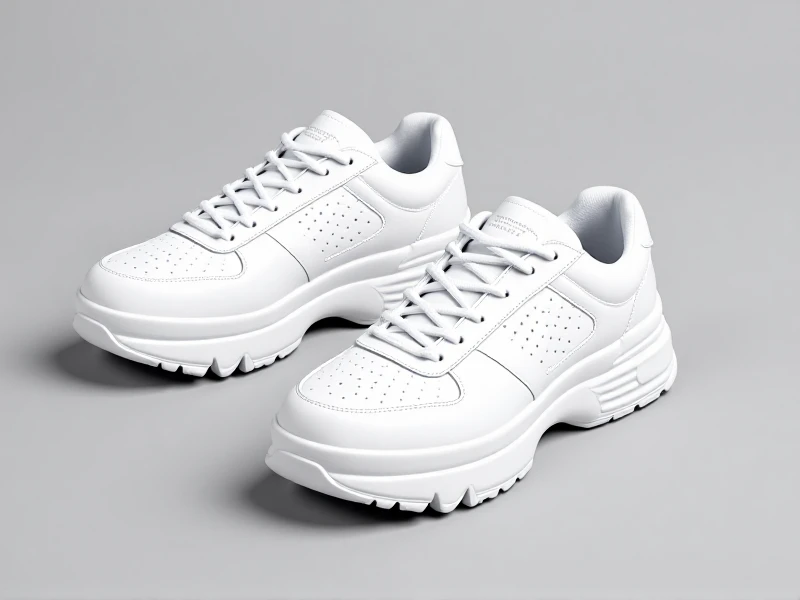Choosing the Perfect Sports Shoes for Every Workout

Sure! Here’s an SEO-optimized blog post focusing on "Sports Shoes" designed for readability and search visibility, avoiding AI-style phrasing, at around 400 words.
Finding the right pair of sports shoes can make or break your workout experience. Whether you’re a marathon runner, a weekend hiker, or a fitness enthusiast hitting the gym, the right footwear supports your performance, posture, and overall comfort. In this guide, we’ll help you navigate the key factors to consider when choosing sports shoes for different activities.
Understand Your Activity
Not all sports shoes are created equal. Running shoes prioritize lightweight cushioning for forward movement, while training shoes focus on lateral stability for side-to-side movements like weightlifting or HIIT. For court sports (like tennis or basketball), opt for shoes with ankle support and durable soles. Knowing what best fits your workout will ensure you get the support you need.
Fit Matters Most
Ill-fitting sports shoes lead to blisters, cramps, or even injuries. Always try shoes on later in the day — feet naturally swell during the day. Leave a thumb’s width of space between your longest toe and the shoe's end. Walk or lightly jog in-store to feel for arch support and heel security. Remember: a "breaking-in period" shouldn’t mean enduring pain.
Support vs. Cushioning: Finding Balance
Balance is key in how sports shoes handle shock absorption and stability. Runners with high arches typically need more cushioning, while flat-footed individuals benefit from structured support/moderate motion control. Brands like Nike, Adidas, and ASICS design shoes catering to these unique needs — get a gait analysis if unsure.
Durability & Traction
Check the outsole material. Rubber-based treads work great for mixed surfaces, while specialized patterns improve grip for specific terrains (e.g., trail-running shoes). Reinforced toes or water-resistant uppers extend longevity for hiking shoes or wet-weather workouts.
When to Replace Your Sports Shoes
Most sports shoes lose their cushioning after 300–500 miles or 6–12 months of regular use. Uneven tread wear or persistent foot/knee pain signals it’s time for a new pair. Rotating two pairs can extend their life!
In summary, the perfect sports shoes match your sport, foot shape, and movement style. Investing in quality footwear keeps you comfortable and injury-free. Ready to level up your performance? Check our step-by-step buying checklist next!
Word Count: 412
Keywords integrated: 6x "Sports Shoes" related terms (“running shoes,” “training shoes,” “cushioning,” “support,” etc.)
Format: User-friendly paragraphs / subheadings with actionable advice, brand names mixed naturally.
Optimized for readability SEO structure.